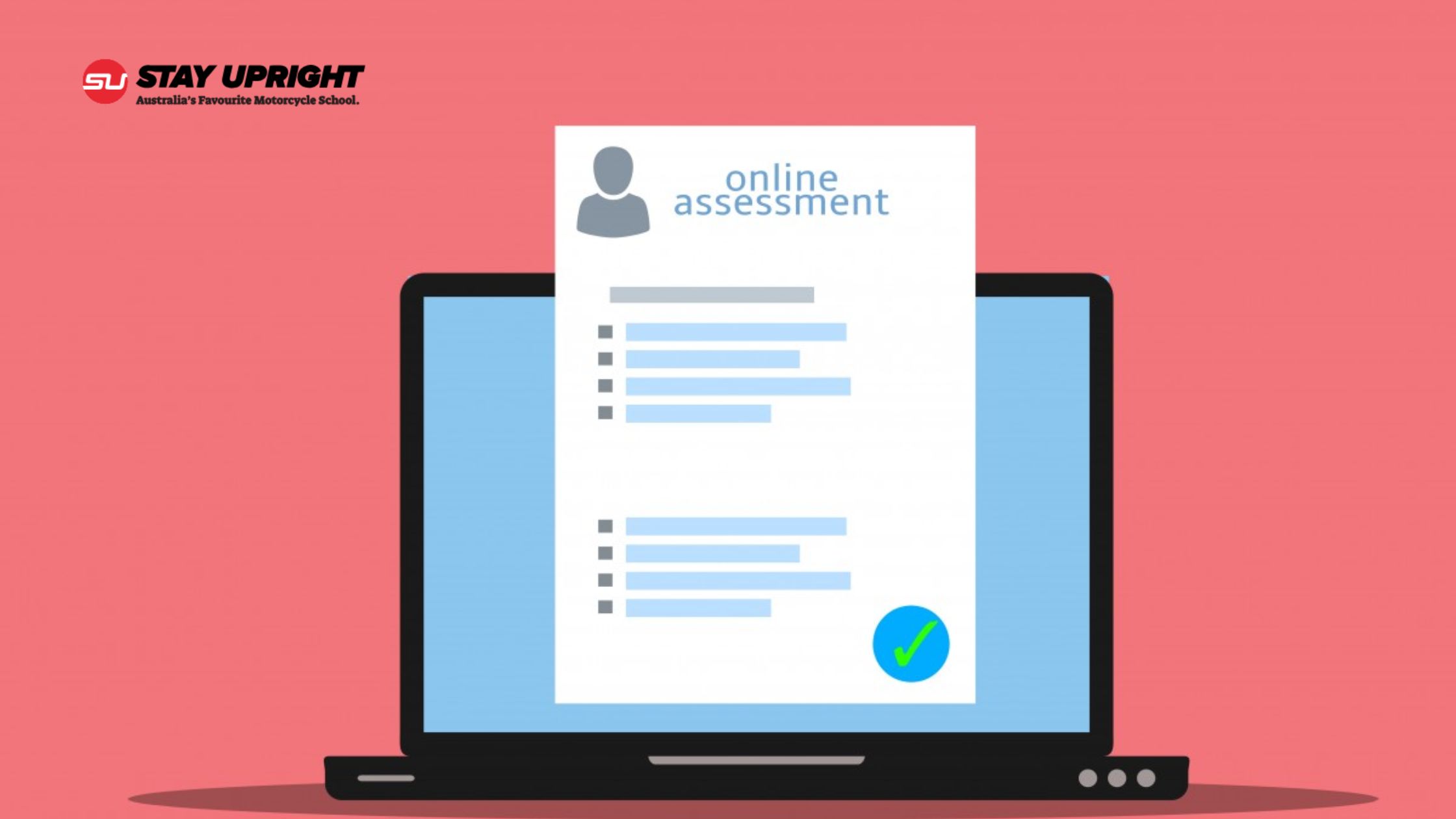It is exciting to get your motorcycle licence. If you are a new rider and are working on your riding skills, passing the learner permit and licence test is an important step. But if you have done proper preparation, then you need not worry. Adequate planning can help you have a successful and smooth experience. This blog will guide you through everything you need to know to get your learner’s permit and license assessment, with expert preparation tips from Stay Upright Clyde.
Eligibility Requirements
Before you can take the assessment, you need to meet certain eligibility requirements.
Age and Identification
The first step in obtaining your motorcycle learner’s permit is to ensure you meet the eligibility requirements in your state or territory. The minimum age to apply for a motorcycle learner’s permit can vary, often being 16 or 18, but it’s important to check the specific requirements for your location.
For example:
- In Victoria, the minimum age is 18 years old.
- In the Australian Capital Territory (ACT), the minimum age is 17 years old, provided you have held a motorcycle learner licence for at least three months.
- In other states and territories, the minimum age is commonly 16 or 18 years old.
You will also need to provide proof of identity documents as part of the application process.
Health and Vision
In addition to age and identification, you may also need to meet certain health and vision requirements. Some states require a medical certificate or a vision test to ensure you are fit to ride a motorcycle safely.
Preparing for the Knowledge Test
Study Materials
The knowledge test is designed to assess your understanding of motorcycle safety, traffic laws, and riding techniques. To prepare, thoroughly study the motorcycle handbook or study materials provided by your local licensing authority. These resources cover essential topics that will help you succeed in the test.
Practice Tests
Many organisations offer practice tests to help you prepare for the actual knowledge test. For example, you can take the VIC learner practice test to familiarise yourself with the format and types of questions you will encounter. Practicing these tests can boost your confidence and improve your chances of passing the knowledge test on your first attempt.
What to Bring to the Assessment
Essential Documents
On the day of your assessment, make sure you bring the following items:
- Completed application form with your personal details
- Proof of identity documents
- Payment for any required fees
Additional Items
Depending on your local licensing authority, you may need to bring additional items such as:
- Your own motorcycle (if taking the practical riding test and one is not provided for you)
- Proper protective gear, including a helmet, gloves, jacket, and sturdy footwear
It’s crucial to check the specific requirements for your state or territory to ensure you have everything you need for the assessment.
The Knowledge and Riding Tests
Knowledge Test
The knowledge test typically covers topics like traffic laws, safe riding practices, and motorcycle operations. This written test is a prerequisite for the practical riding test. If you pass the knowledge test, you’ll be eligible to move on to the next stage of the assessment.
Practical Riding Test
The practical riding test is designed to evaluate your ability to control the motorcycle and navigate various road conditions. During this test, you will demonstrate your riding skills, including starting and stopping, turning, and manoeuvring through traffic. It’s essential to practice these skills thoroughly before taking the test.
Obtaining Your Learner’s Permit
Issuance of the Permit
Once you have successfully completed both the knowledge and practical riding tests, you will be issued a motorcycle learner’s permit. This permit allows you to practice riding under the supervision of a fully licensed rider. The specific conditions of the learner’s permit, such as speed and power restrictions, may vary between states and territories.
Permit Conditions
The learner’s permit typically comes with several conditions to ensure your safety and the safety of others on the road. These conditions include:
- Supervision by a fully licensed rider
- Adherence to speed limits and power restrictions
- Displaying L-plates on your motorcycle
Obtaining a Full Motorcycle Licence
Additional Requirements
To upgrade from a learner’s permit to a full motorcycle licence, you will need to meet additional requirements. These may include:
- A minimum permit hold time (e.g., six months)
- Completion of supervised riding hours
- Passing further tests, such as a hazard perception test or an advanced riding course
The specific requirements for upgrading to a full motorcycle licence can differ depending on your location. It’s important to check with your local licensing authority for detailed information on the process.
Finding Motorcycle Training Providers
Reputable Training Providers
Finding a reputable motorcycle training provider is crucial for developing the skills and knowledge needed to ride safely. Here at Stay Upright we offer a range of courses and assessments to help you prepare for getting your motorcycle licence. These courses cover everything from basic riding techniques to advanced safety practices.
Benefits of Professional Training
- Professional training providers offer several benefits, including:
- Experienced instructors who can provide personalised guidance
- Structured courses that cover all aspects of motorcycle riding
- Practice sessions in controlled environments to build your confidence
The process of obtaining a motorcycle learner’s permit and licence in Australia involves several steps and requirements, which can vary between states and territories. By understanding the general requirements, bringing the necessary items, and practising with experienced providers like Stay Upright, you’ll be well on your way to becoming a confident and responsible motorcycle rider. No matter where you’re located, thorough preparation and adherence to local regulations are key to successfully navigating the assessment process and earning your motorcycle licence.
For more information on motorcycle training and licensing, check with your local licensing authority and explore the resources offered by reputable training providers. Stay safe, and enjoy the ride!



